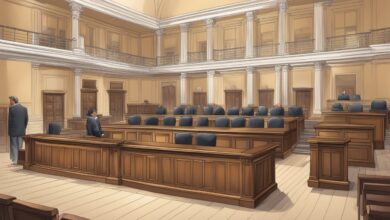Mastering the Art of the Documentary Exposé: Unveiling Compelling Truths

Documentary filmmaking combines investigative research, strategic interviewing, meticulous editing, and narrative construction. These tools help uncover hidden truths and tackle corruption, ensuring an impactful and ethical presentation of facts.
Investigative Research Methods
A successful documentary expose relies heavily on thorough research methods. Filmmakers meticulously gather evidence from credible sources.
They often utilize public records, government documents, and expert testimonies. Employing data analysis tools can reveal patterns, supporting their findings. Social media and online forums can serve as additional resources but must be verified.
Filmmakers must remain unbiased, presenting all sides. Developing a comprehensive research plan at the beginning ensures a systematic approach to information gathering. Ultimately, accuracy and credibility are paramount in illustrating the documentary’s narrative.
In-Depth Interviews and Hidden Cameras
In-depth interviews offer firsthand insights, covering different perspectives related to the expose. Filmmakers should prepare questions and conduct interviews with ethical integrity, ensuring subjects’ consent and comfort. Interviews often serve as the narrative backbone, providing personal touches to the story.
Hidden cameras can capture unfiltered, authentic footage revealing corruption. However, employing this technology demands careful ethical consideration. Filmmakers need to balance the public’s right to know with respect for privacy laws.
This technique enhances the documentary’s impact by offering irrefutable visual evidence.
Editing for Clarity and Impact
Editing transforms raw footage into a coherent, compelling story. Filmmakers must ensure clarity while maintaining the documentary’s integrity. They use cutting, sequencing, and juxtaposing techniques to highlight crucial points and create emotional resonance.
Software like Adobe Premiere Pro and Final Cut Pro are standard tools. Sound design and B-roll footage augment the visual narrative. Ensuring transparency and avoiding manipulative editing uphold the documentary’s credibility.
Incorporating visual aids, like charts and infographics, helps to explain complex information succinctly.
Narrative Building in Documentaries
Narrative building is crucial in gripping the audience and conveying the expose effectively. Filmmakers craft a story arc with a clear beginning, middle, and end. This arc often includes building tension, revealing key findings progressively, and concluding with a resolution.
Using narrative voiceovers can guide viewers through the story, while a strong central character or expert can provide continuity. Filmmakers should prioritize truthful storytelling, avoiding sensationalism.
Visual and auditory elements should complement the narrative, enhancing the viewer’s understanding and emotional connection to the subject matter.
Ethical Boundaries in Exposé Filmmaking
Source link



